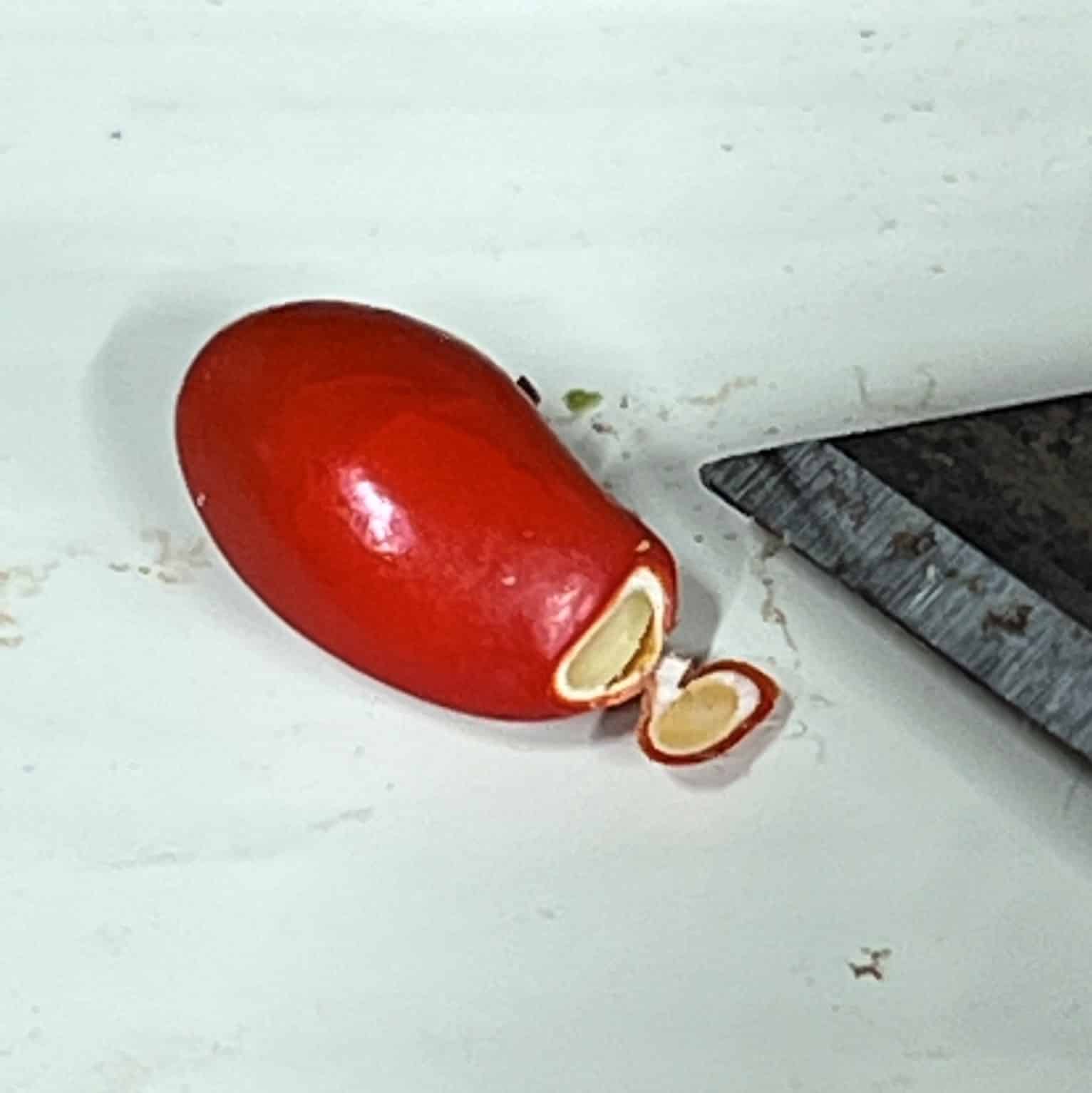Coral Beans are making their appearance four months after flowers were pollinated by migrating hummingbirds. The bright red flowers are one of several early blooming plants that feed hummers as they return from their winter homes in South America. With a simple step, you can help finish what hummers began by planting these beans and making your landscape more hummingbird friendly.
The bright, coral-colored beans are firmly attached to the dry pods that split open to expose the seeds. They will stay put until some critter or the coming wet winter months drop them to the ground. The hard seed coat may well take a while to break down enough to allow water in to begin germination. From experience, some seeds take a year or more to germinate if left this way.

I know I work faster after a sugar rush, but of course the natural sugars from plants is healthier than the sucrose-based nectar that we provide. If you can offer enough native species to supply these higher quality fuels, you could dispense with the feeders. I get a kick out of seeing hummers feed on my Coral Beans in early spring and can hear them chirping high in the trees as they feed on Cross Vine. Many other early spring flowers (of multiple colors) fuel them during spring migration.
In summer, Coral Honeysuckle, Trumpet Creeper and any number of other nectar-producing flowers of any color support their need for nectar. These species are also great to add to your landscape. Red, blue and even yellow-flowered salvias are good choices for herbaceous species, with a number of species that bloom at different times of the year, including spring and fall migration. In our mild winter climate, cool-weather salvias support the multiple species of winter hummers that migrate our way from the western U.S.
Think of this challenge to provide natural sugars for hummingbirds as an analogy for weening yourself of processed sugars, that taste great, but are not that good for you. Same for hummingbirds. Watching hummers flit from flower to flower anytime of the year is just as rewarding as watching them fight over your nectar feeder. Fights will still be part of the fun but will be fueled by better sugar.
So, snip away at your Coral Bean seeds and finish what the hummers started. Coral Bean grows best in full sunlight in well-drained soils.
Hope to see you in our great outdoors!